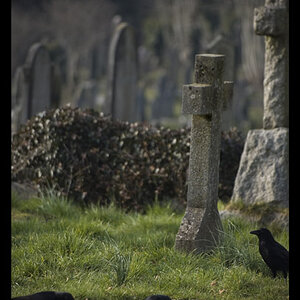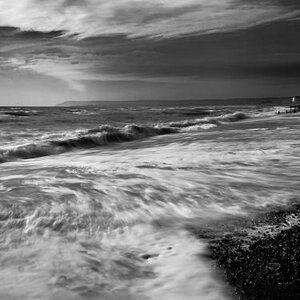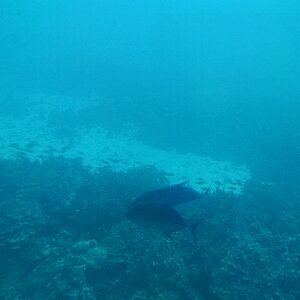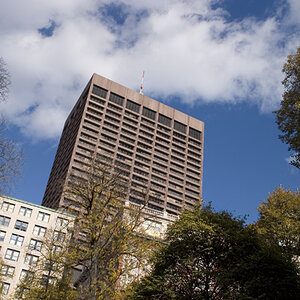Skippy
TPF Noob!
- Joined
- Jul 5, 2009
- Messages
- 1
- Reaction score
- 0
- Location
- Fort Collins, Colorado
- Can others edit my Photos
- Photos OK to edit
Greetings all;
It's my first day & first post in the forum. I suspect this question comes up often, but if I know photographers (I'm one) there will be lots of opinions.
Without going on about it too much I'm a half decent photographer, been using film for over 20 years and intend to continue doing so. However, due to desires for expanding my abilities in the commercial field I've decided to break down and get a digital camera.
I know how to use a camera - but I know little about how to use a digital camera. I only recently discovered that somehow you have to set the white balance or something? I mean really, $2000 for a camera and it can't figure out what white is? This is the sort of thing which has kept me away from digital all these years. *haha*
Okay, but seriously - here are the parameters I'm working with, and some specific questions I have.
I know how to use a computer, I know how to use a SLR.
I do not need to impress customers with expensive equipment. I can be convinced by evidence, but I will need to be convinced that a $10,000 camera takes "better pictures" than a $1,000 camera.
I will want to make prints 11x17 typically (or smaller) but all the way up to 24x36 when I do posters.
Obviously I want something I can get lenses for and something that can be serviced without too much trouble.
I would like something that uses AA batteries.
The stuff I'll be doing is portraits, still life and flowers, so macro ability is important for the last two.
What features should I be sure a camera has?
What features are mostly useless and should be avoided?
With all that - any suggestions for a specific camera?
Thanks for any & all suggestions.
Skippy
It's my first day & first post in the forum. I suspect this question comes up often, but if I know photographers (I'm one) there will be lots of opinions.
Without going on about it too much I'm a half decent photographer, been using film for over 20 years and intend to continue doing so. However, due to desires for expanding my abilities in the commercial field I've decided to break down and get a digital camera.
I know how to use a camera - but I know little about how to use a digital camera. I only recently discovered that somehow you have to set the white balance or something? I mean really, $2000 for a camera and it can't figure out what white is? This is the sort of thing which has kept me away from digital all these years. *haha*
Okay, but seriously - here are the parameters I'm working with, and some specific questions I have.
I know how to use a computer, I know how to use a SLR.
I do not need to impress customers with expensive equipment. I can be convinced by evidence, but I will need to be convinced that a $10,000 camera takes "better pictures" than a $1,000 camera.
I will want to make prints 11x17 typically (or smaller) but all the way up to 24x36 when I do posters.
Obviously I want something I can get lenses for and something that can be serviced without too much trouble.
I would like something that uses AA batteries.
The stuff I'll be doing is portraits, still life and flowers, so macro ability is important for the last two.
What features should I be sure a camera has?
What features are mostly useless and should be avoided?
With all that - any suggestions for a specific camera?
Thanks for any & all suggestions.
Skippy







![[No title]](/data/xfmg/thumbnail/41/41781-7dcfd2ee71d4a453b4ad9fb5c7e723f1.jpg?1619739890)

![[No title]](/data/xfmg/thumbnail/38/38720-f0f83c1b09a42065eefec8923841d54d.jpg?1619738701)



